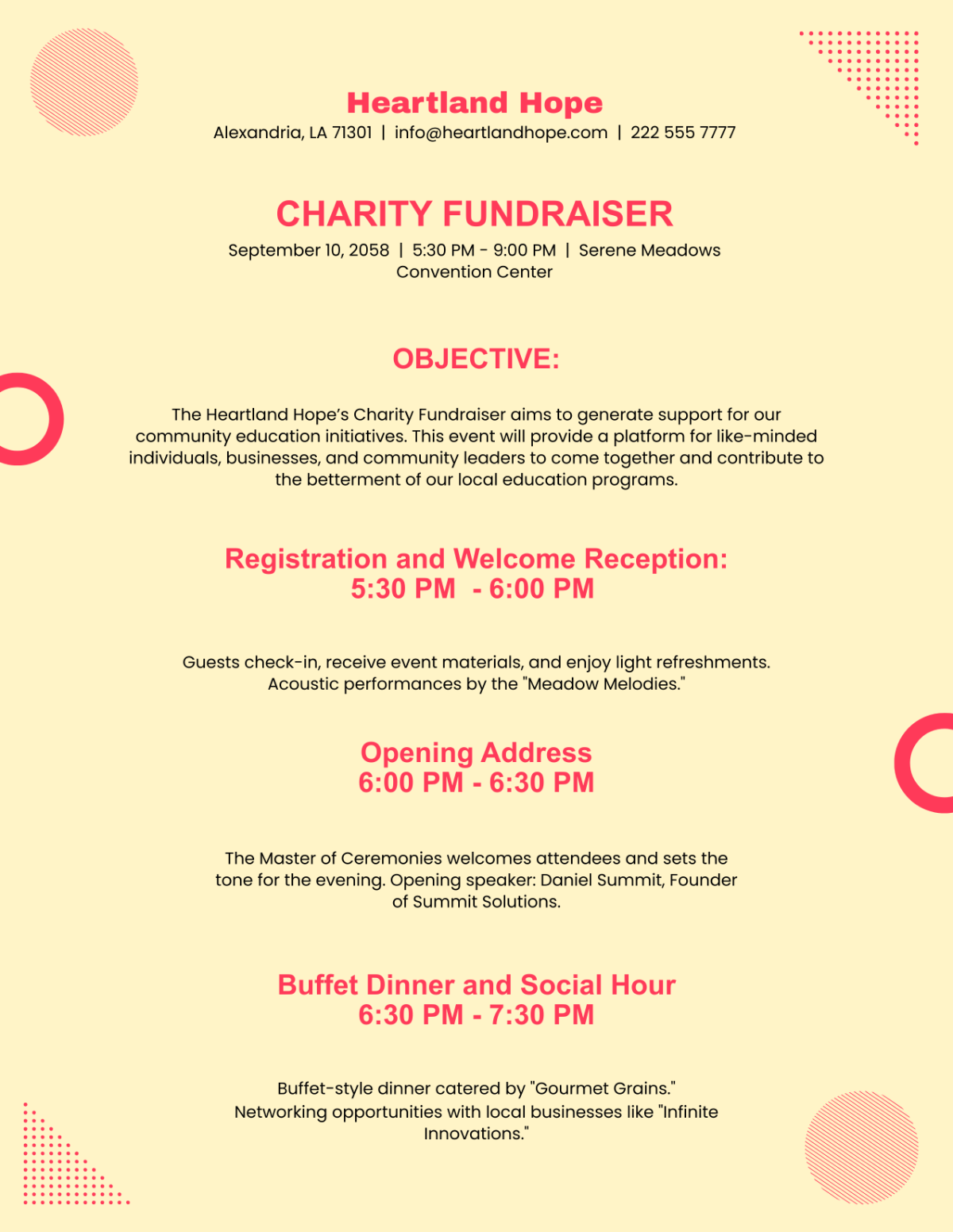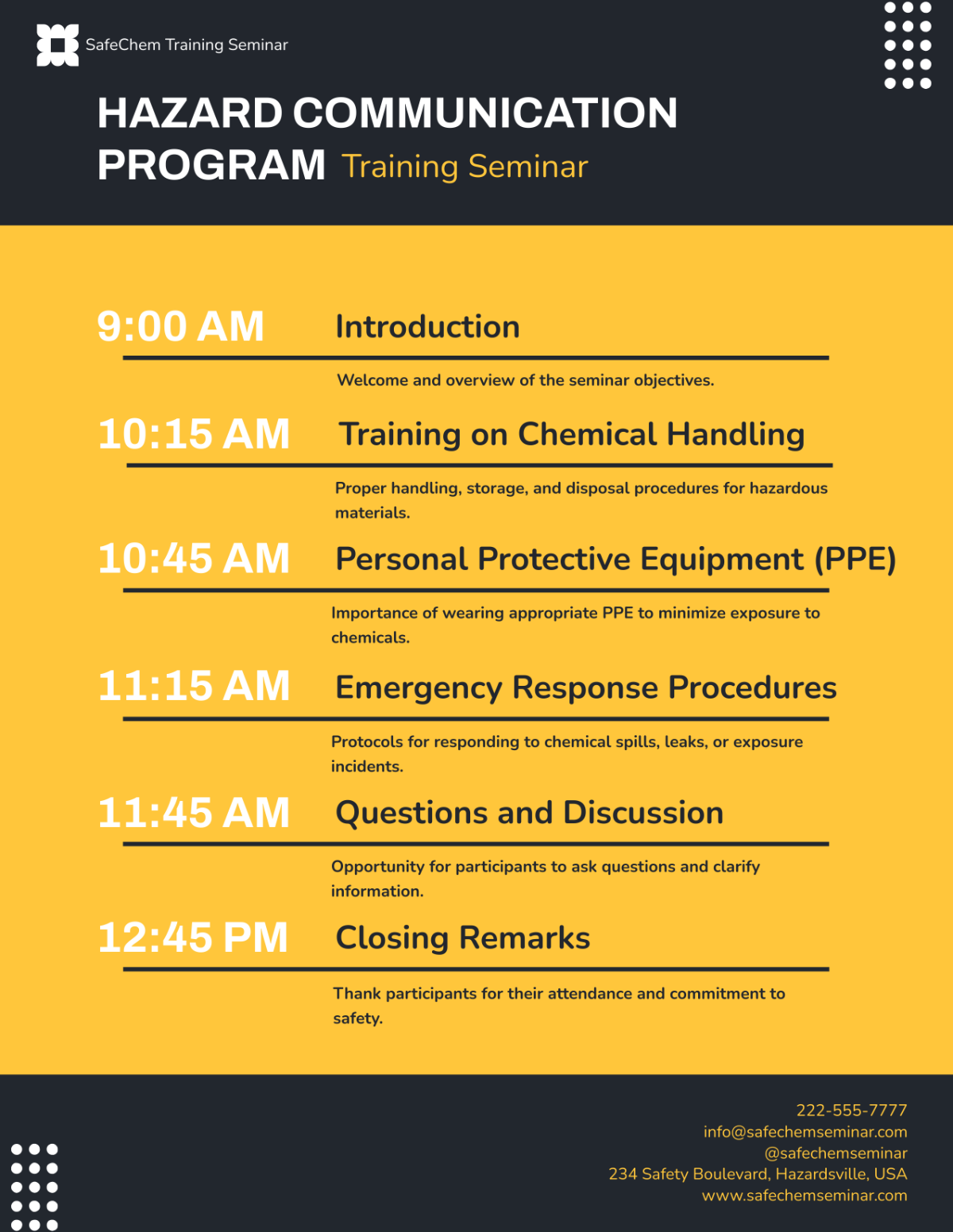Startup Revenue Program Plan
This Startup Revenue Program Plan aims to ensure a consistent growth in revenue for startups using strategic, financial, and operational approaches. The plan is devised to aid startups in monetizing their innovations, maximizing their sales and improving customer retention.
1. Market Research and Analysis
The first step in making a successful program is to understand the market. This section will focus on the following key areas:
Customer segmentation and profile
Market Size and Growth
Competitors Analysis
Industry Trends
Regulatory Environment
2. Product/Service Analysis
This section provides a thorough review on the startup's product or service. The strengths, weaknesses, and potential opportunities will be analyzed. It will also identify the key features that separate the startup's offerings from other market options.
3. Revenue Generation Strategies
Revenue generation strategies include several approaches that will help startups generate income:
Pricing Strategy
Subscription Models
Freemium Models
Partnership and Collaboration
Diversification
4. Sales & Marketing Strategy
We delve into the sales and marketing strategy, outlining key activities, objectives, performance indicators, and required resources to ensure effective implementation and optimization of revenue generation efforts.
Activities | Objectives | Key Performance Indicator | Resources Needed |
|---|---|---|---|
SEO Optimization | Improve website visibility | Website traffic increase | SEO expert, Keyword Research tool |
Content Marketing | Engagement and Brand Awareness | Number of shares, likes, comments | Content writer, Social media scheduler |
Email Marketing | Drive sales | Click Rate, Conversion rate | Email software, content writer |
Strategic Partnerships | Access to wider audience | Number of partnerships | Business development executive |
Referral Programs | Customer acquisition | Number of referrals, Conversion rate | Program implementation tools |
5. Customer Retention
The focus here will be on programs that will help the startup keep its existing customers. With the philosophy that it costs less to keep a customer than find a new one, customer retention will be a key part of the plan.
6. Business Model Canvas
A business model canvas will be developed to provide a clear overview of the core components of the startup. This visual tool will analyze and determine the startup's value proposition, customer segments, revenue streams, and key activities, among other things.
7. Budget Forecasting
The budget forecasts will articulate the financial needs of the startup’s revenue program. This will include the projected costs of investments, operations, sales and marketing, product development, and personnel, and contrast them with expected revenues.
Category | Projected Costs | Expected Revenues |
|---|---|---|
Investments | $50,000 | $70,000 |
Total | $50,000 | $70,000 |
8. Monitoring and Evaluation
For the revenue program plan to be effective, there needs to be a mechanism for ongoing monitoring and evaluation. This section will outline key indicators that will help determine if the program is meeting its goals and offer suggestions on data collection and analysis methods.
9. Risk Management
Here, potential risks to the revenue program plan will be identified along with strategies to manage those risks. It will include various risk management measures such as contingency plans, insurances or spread of investment risk, helping the startup to mitigate any potential financial impact.

















































